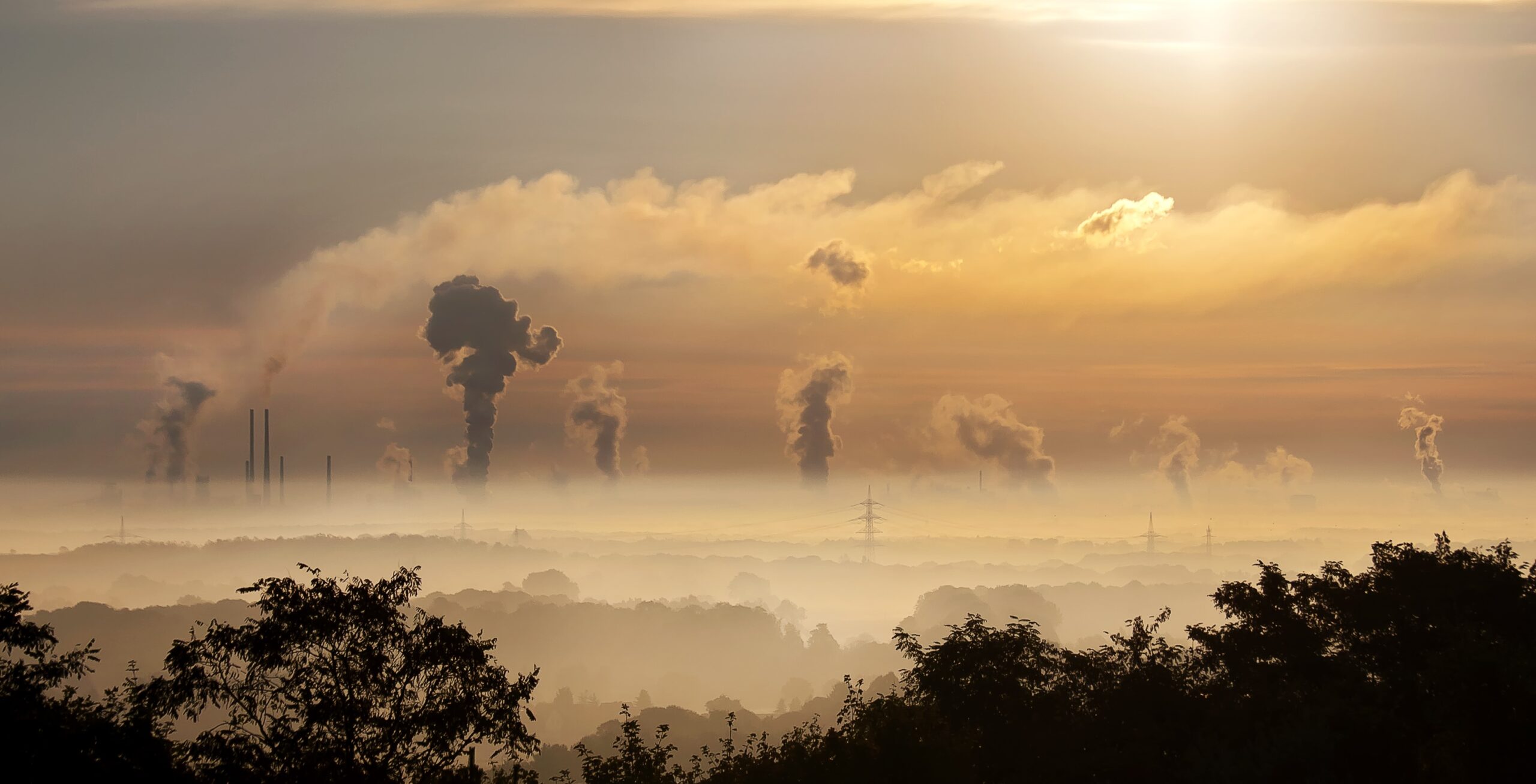The Carbon Footprint Advantage: Why a Plant-Based Diet Wins Over Meat

In recent years, the impact of our dietary choices on the environment has come under scrutiny. As concerns about climate change and carbon emissions grow, an increasing number of individuals are turning to plant-based diets for a more sustainable and eco-friendly lifestyle. A plant-based diet, which emphasizes fruits, vegetables, grains, legumes, and excludes or minimizes animal products, offers a significant advantage over meat-based diets when it comes to reducing carbon footprints. This article explores the reasons why a plant-based diet is superior to a meat-based diet from a carbon footprint perspective.
Lower Greenhouse Gas Emissions:
The production of meat, particularly from livestock, contributes significantly to greenhouse gas emissions. Livestock farming generates large amounts of methane, a potent greenhouse gas that has a much higher global warming potential than carbon dioxide1. According to the Food and Agriculture Organization of the United Nations, the livestock sector accounts for approximately 14.5% of global greenhouse gas emissions2. In contrast, plant-based diets produce considerably fewer greenhouse gas emissions, as the cultivation and processing of plant foods involve fewer energy-intensive processes2. By choosing plant-based alternatives, individuals can effectively reduce their carbon footprints.
Reduced Land Use and Deforestation:
Livestock farming requires large amounts of land to raise animals and grow animal feed. This demand for land leads to deforestation and habitat destruction, which exacerbates climate change and biodiversity loss4. Conversely, plant-based diets have a significantly lower land footprint since plant foods are more efficient in terms of land use. The reason for this is due to how energy is lost as it flows through an ecosystem. Sunlight provides the energy that allows for production of plant and animal crops, but as that energy flows from the crop plants, the primary producers, to the livestock animals, the primary consumers, much of it (about 90%) is lost as heat to the environment. This means that production of one kilogram of meat requires roughly 10 kilograms of feed. If the land area used for livestock feed production were used instead to produce plant crops for human consumption, only 1/10th the land surface would be needed, or put another way, that same land area used to produce livestock feed could produce food for 10 times as many people as the livestock itself. A shift towards plant-based diets would alleviate pressure on forests and preserve ecosystems since it requires far less land to feed a large number of people, and by protecting forests and other ecosystems it helps to maintain valuable carbon sinks5, or ecological reservoirs that store carbon thereby keeping it out of the atmosphere as either carbon dioxide or methane and thus reducing greenhouse gas emissions.
Water Conservation:
The meat industry is a major consumer of freshwater resources. Raising animals for meat production necessitates large quantities of water for drinking, cleaning, and irrigation of feed crops. In contrast, plant-based diets require significantly less water, as fruits, vegetables, and grains consume fewer resources during cultivation6. By choosing plant-based alternatives, individuals can reduce their water footprint and contribute to sustainable water conservation efforts.
Energy Efficiency:
Plant-based diets are more energy-efficient compared to meat-based diets. The energy required for the production, processing, and transportation of plant foods is significantly lower than that needed for animal products7. In a world where energy conservation is crucial for combating climate change, opting for plant-based alternatives can help reduce energy consumption and lower carbon emissions.
Food Security and Resource Distribution:
A transition towards plant-based diets can address the issue of food insecurity and resource distribution on a global scale. Animal agriculture demands a substantial amount of land, water, and energy resources, which could otherwise be allocated to crop production for human consumption. By adopting a plant-based diet, we can efficiently utilize available resources, produce more food, and enhance global food security8.
From reduced greenhouse gas emissions and land use to water conservation and energy efficiency, a plant-based diet offers a clear advantage over a meat-based diet when considering carbon footprints. By choosing to prioritize plant foods, individuals can contribute to mitigating climate change and fostering a more sustainable future.
As the world recognizes the urgency of addressing environmental concerns, embracing a plant-based diet becomes an integral part of the solution. By optimizing our dietary choices, we can reduce our individual carbon footprints and collectively make a positive impact on the planet.
References:
- Climate Change 2021: The Physical Science Basis. Intergovernmental Panel on Climate Change (IPCC).
- Food and Agriculture Organization of the United Nations. “Tackling climate change through livestock: A global assessment of emissions and mitigation opportunities.” 2013.
- Scarborough, Peter, et al. “Dietary greenhouse gas emissions of meat-eaters, fish-eaters, vegetarians and vegans in the UK.” Climatic Change 125.2 (2014): 179-192.
- Steinfeld, Henning, et al. “Livestock’s long shadow: environmental issues and options.” Food and Agriculture Organization of the United Nations (FAO) (2006).
- Poore, Joseph, and Thomas Nemecek. “Reducing food’s environmental impacts through producers and consumers.” Science 360.6392 (2018): 987-992.
- Mekonnen, Mesfin M., and Arjen Y. Hoekstra. “A global assessment of the water footprint of farm animal products.” Ecosystems 15.3 (2012): 401-415.
- Marlow, Harold J., et al. “Diet and the environment: does what you eat matter?.” The American Journal of Clinical Nutrition 89.5 (2009): 1699S-1703S.
- Foley, Jonathan A., et al. “Solutions for a cultivated planet.” Nature 478.7369 (2011): 337-342.



 Rob McCandless
Rob McCandless



